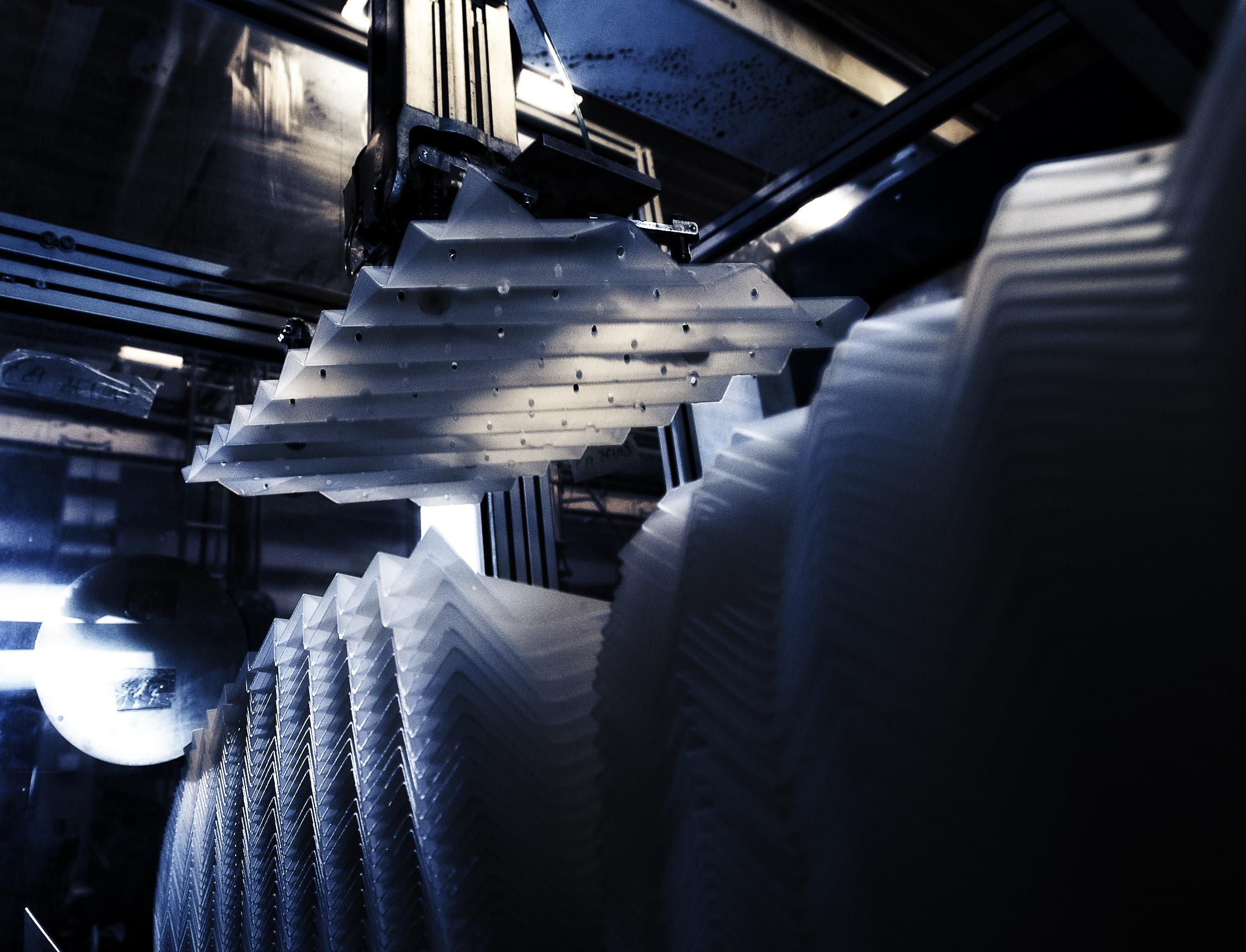Using plastics as construction materials can lower cost of CO₂ capture

The industrial application of carbon capture utilisation and storage (CCUS) faces significant challenges due to high installation and running costs. Using polymer-based materials (plastics) instead of stainless steel in the absorber columns of CO2 capture plants could significantly lower construction costs. It could also potentially extend the lifetime of solvents by reducing contact with iron and other metals found in stainless steel, which can accelerate solvent degradation.
REALISE CCUS project partners NTNU, TNO, SINTEF and Biobe have been testing the compatibility of two different polymers with a CO2 capture solvent, HS-3.
Regular mechanical tests over the course of 18 months showed that exposure to HS-3 solvent containing impurities from the real flue gas and a temperature of 60 °C did not affect the polymers’ performance. Importantly, the polymers did not affect the amine concentration of the solvent suggesting that they do not contribute to solvent degradation.
In a small pilot CO2 capture plant at Irving’s Whitegate refinery in Cork, plastic probes made with these polymers were exposed to different operating conditions, such as high and low temperature, over 5 months. The probes will be analysed in TNO’s laboratory, where they will be further stress-tested at different operating conditions, such as increased oxygen content in the gas and using a more degraded solvent.
Using plastics to reduce the cost of CO2 capture is just one of the strategies that the REALISE project is investigating to lower the costs of CO2 capture in the oil refinery sector. Other ways to reduce costs include developing new and improved solvents, optimising their use, and coupling facilities with the power sector.
Image courtesy of BEFORM HOLDING AS


